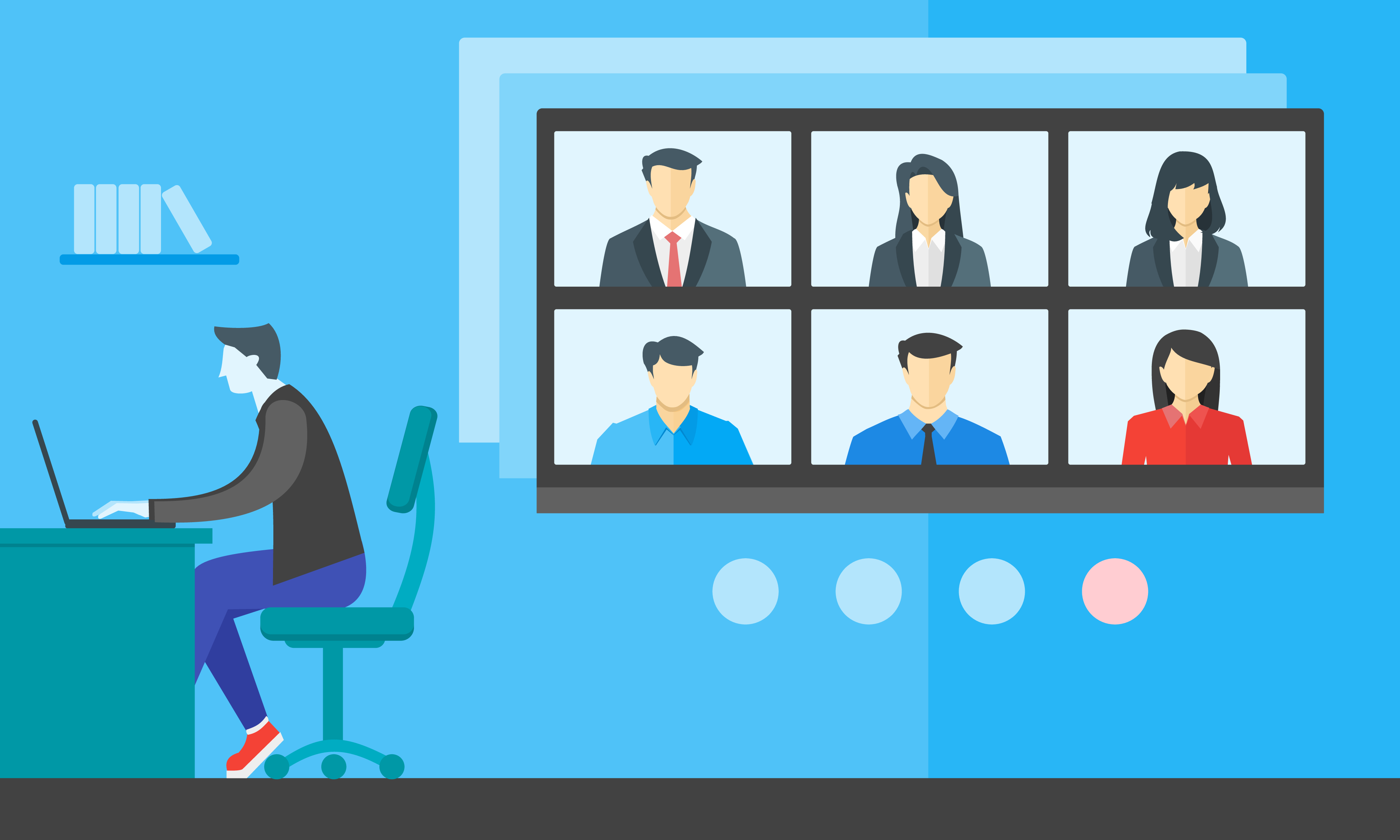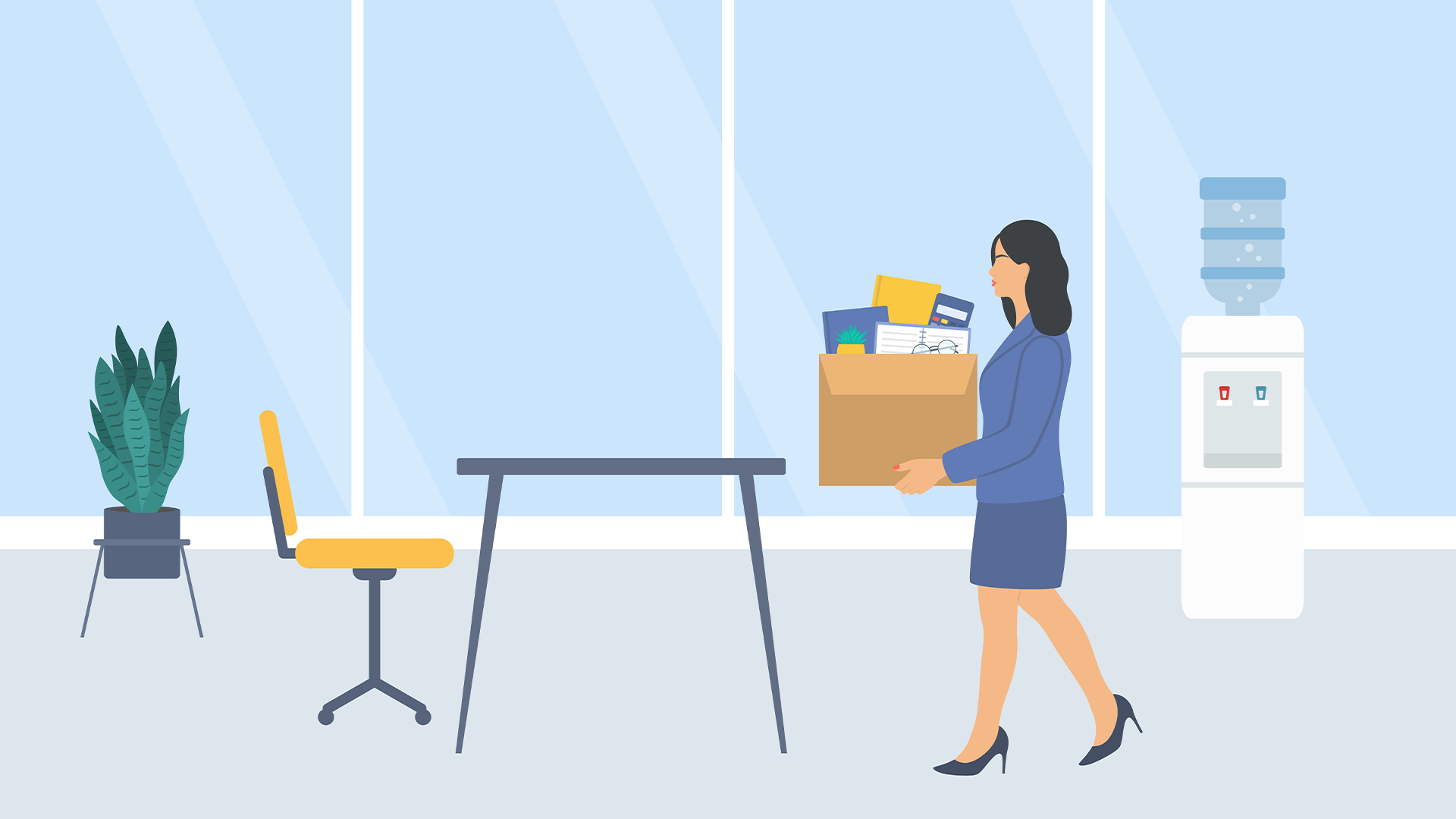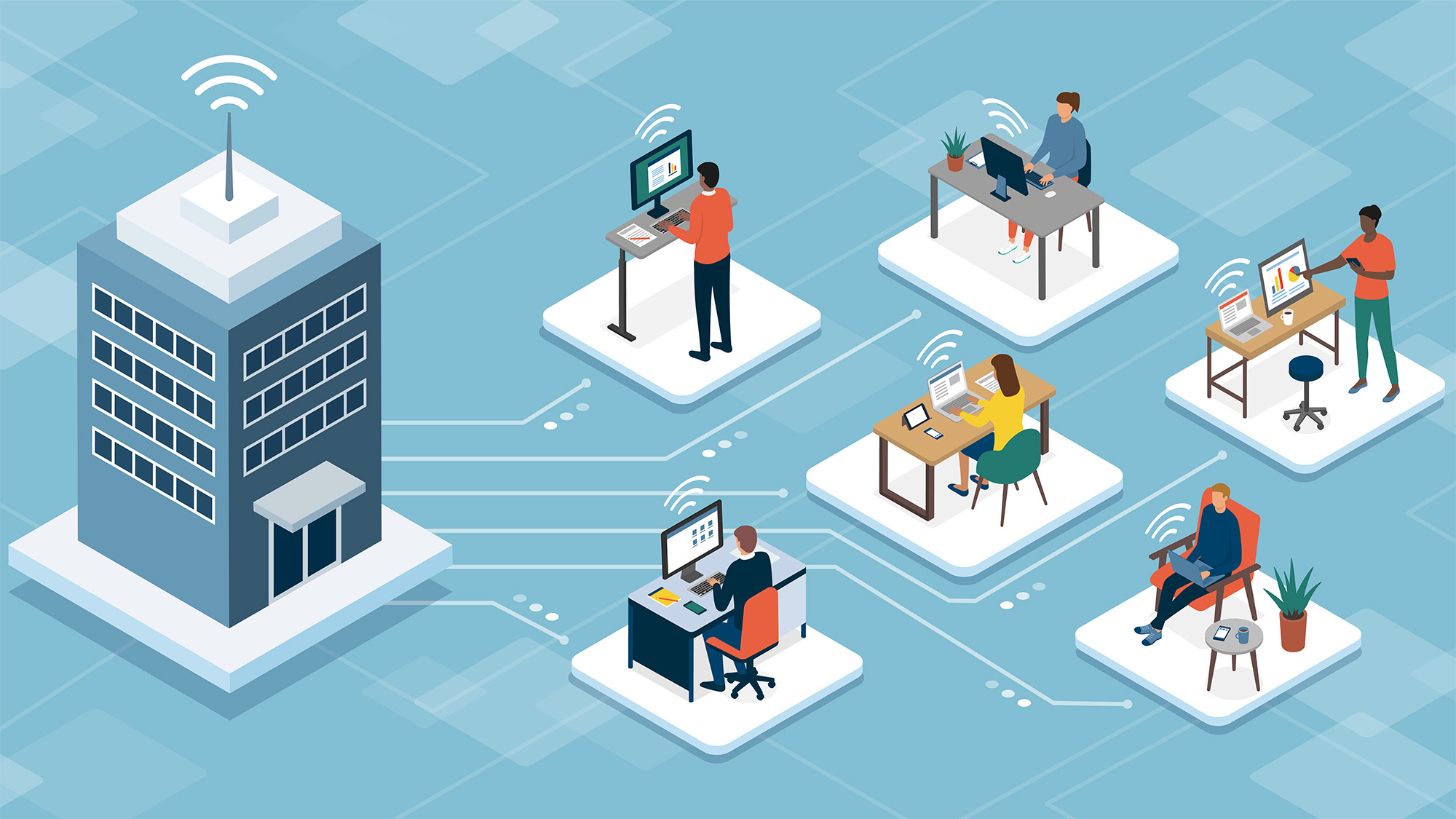How should employers support people working from home?
From the technological to the physical and mental, remote working raises new challenges when it comes to employee wellbeing


At the risk of repeating what has become something of a cliché in the past several months, working from home is, for many of us, now the ‘new normal’. The situation is likely to continue for a considerable period, whatever happens with the Coronavirus pandemic, as both employers and employees realise the benefits. An arrangement that was forced onto many overnight is now becoming standard practice, and many column inches have been dedicated to advice for the newly-minted home worker – be that how to separate work and home life, minimise distractions or demonstrate their continued good work ethic to their boss.
Employers have new responsibilities too, however. This means providing their people with the support – both physical and psychological – they need to do their job well, with a dual focus on technology and the individual being a good place to start.
Tech and workspace
It should go without saying that employers need to make sure their people have the right technology and working environment. While in the first flush of working from home it may have been necessary for employees to use their personal equipment and hunch at the kitchen table, that time is well and truly past. Organisations have had plenty of time to equip their employees with office-grade equipment, including technology and furniture such as appropriate desks and chairs to ensure that the working environment is ergonomic and not detrimental to physical health.
Data security is also paramount on the technology side. As we’ve acclimatised to working from home there has been a massive increase in use of cloud; McAfee reported a 50% rise in enterprise cloud usage in its Cloud Adoption and Risk Report: Work from Home Edition – published in May – with collaboration services like Microsoft 365 up by 123%, and business services like Salesforce up by 61%.
Cybercriminals are no slouches, though, and threats have risen in tandem, with McAfee finding a 630% increase in the targeting of cloud services. This puts the onus on the employer to ensure they have excellent protection in place, that they are sure their people are only using authorised and protected equipment for work purposes, and that they are fully versed in matters relating to secure working.
When it comes to accessing cloud services, an internet connection is paramount, and there are HMRC guidelines on proportionate flat amounts that employers can pay to employees to cover this and other reasonable expenses, or employers can cover the actual costs if they prefer. Organisations should be able to get advice from their accountants or direct from HMRC.
Preventing worker isolation
There is much more to employer good practice supporting working from home than providing the right technology and a good quality chair. There is little doubt that the move to home working has created a significant disconnect between workers across organisations. They might meet their immediate workgroups, but can miss the watercooler moments that happen in the office and become disconnected with broader strategic goals.
Get the ITPro daily newsletter
Sign up today and you will receive a free copy of our Future Focus 2025 report - the leading guidance on AI, cybersecurity and other IT challenges as per 700+ senior executives
James Berry, who leads UCL’s new online MBA, tells IT Pro there’s a responsibility for managers to be more strategic in their approach and find ways to recreate these random interactions when people are working solo at home.
Giving an example of this in action, he says: “One manager at Legal & General has identified several strategic goals and assigned mixed teams from different areas of the company to come together and work on these broader projects together as a way to break down silos and create connections across the organisation.”
Phil Perry, head of UK and Ireland at Zoom gives another example – Zoom Roulette. “Once a month the whole company is invited to join one large meeting,” he explains. “A moderator then randomly clusters small groups into virtual video breakout rooms. The smaller groups are able to get to know each other and share what they are working on.”
Facing up to the long term
Looking after workers health and wellbeing can be altogether more complex than handling the technology side of things. Berry says that at the beginning of lockdown, many companies identified that their employees were more productive than they had been in the office environment. However, recently several employers have noted this productivity has started to decline, with JP Morgan, citing Mondays and Fridays as being particularly affected.
RELATED RESOURCE

The people factor: A critical ingredient for intelligent communications
How to engage employees in digital transformation
Whatever the root causes of this shift, and they may be many and varied, there has also been a clearly identified need for employers to take some responsibility for the wellbeing of their people. Indeed, as early as May 2020 the CIPD was reporting that 88% of employers were concerned about the impact of COVID-19 on employees’ mental health.
All in all, if we are indeed in a ‘new normal’ of mass working from home, employers need to focus on mid-to long term strategies. Keeping technology updated, security systems in place, and ensuring the right employee expenses are supported is in many respects, a matter of process and relatively easy to stay on top of. Promoting interaction and taking care of employees' mental health may be the tasks that need more attention.

Sandra Vogel is a freelance journalist with decades of experience in long-form and explainer content, research papers, case studies, white papers, blogs, books, and hardware reviews. She has contributed to ZDNet, national newspapers and many of the best known technology web sites.
At ITPro, Sandra has contributed articles on artificial intelligence (AI), measures that can be taken to cope with inflation, the telecoms industry, risk management, and C-suite strategies. In the past, Sandra also contributed handset reviews for ITPro and has written for the brand for more than 13 years in total.
-
 Bigger salaries, more burnout: Is the CISO role in crisis?
Bigger salaries, more burnout: Is the CISO role in crisis?In-depth CISOs are more stressed than ever before – but why is this and what can be done?
By Kate O'Flaherty Published
-
 Cheap cyber crime kits can be bought on the dark web for less than $25
Cheap cyber crime kits can be bought on the dark web for less than $25News Research from NordVPN shows phishing kits are now widely available on the dark web and via messaging apps like Telegram, and are often selling for less than $25.
By Emma Woollacott Published
-
 Young tech professionals are shunning a full-time return to the office – unless it pays more
Young tech professionals are shunning a full-time return to the office – unless it pays moreNews Young tech professionals who entered the workforce post-pandemic expect on-site work to be paid more than remote options.
By Emma Woollacott Published
-
 Employees are dead set on flexible working arrangements – three quarters would turn down a role that didn't offer hybrid options as work-life balance becomes more important than pay
Employees are dead set on flexible working arrangements – three quarters would turn down a role that didn't offer hybrid options as work-life balance becomes more important than payNews New research shows workers are increasingly demanding flexible working arrangements from employers.
By Emma Woollacott Published
-
 Nearly half of tech workers are seeking new roles – declining employee benefits and reduced flexible working options have staff looking elsewhere
Nearly half of tech workers are seeking new roles – declining employee benefits and reduced flexible working options have staff looking elsewhereNews While salaries are rising for tech workers, other benefits are in decline, leading to a fall in job satisfaction
By Emma Woollacott Published
-
 Google eyes its own on-campus Hotel California in $99 'summer special' lure
Google eyes its own on-campus Hotel California in $99 'summer special' lureOpinion The latest drive to get workers back into the office is a shallow tactic to pressure staff into conformity
By Ross Kelly Published
-
 Report: Female tech workers disproportionately affected by industry layoffs
Report: Female tech workers disproportionately affected by industry layoffsNews Layoffs continue to strike companies throughout the tech industry, with data showing females in both the UK and US are bearing the brunt of them more so than males
By Ross Kelly Published
-
 Arc’s job-seeking platform is now open to all developers
Arc’s job-seeking platform is now open to all developersNews The remote career platform was previously limited to job seekers who passed its verification process
By Mike Brassfield Published
-
 Onboarding during the pandemic and beyond
Onboarding during the pandemic and beyondIn-depth The good, the bad and the strange elements of starting a new job remotely
By Bobby Hellard Published
-
 10 learnings to consider when it comes to enterprise mobility
10 learnings to consider when it comes to enterprise mobilityIn-depth While the past 12 months may have been the opposite of 'mobile', it's enabled businesses to target pain points associated with EM
By Jonathan Weinberg Published